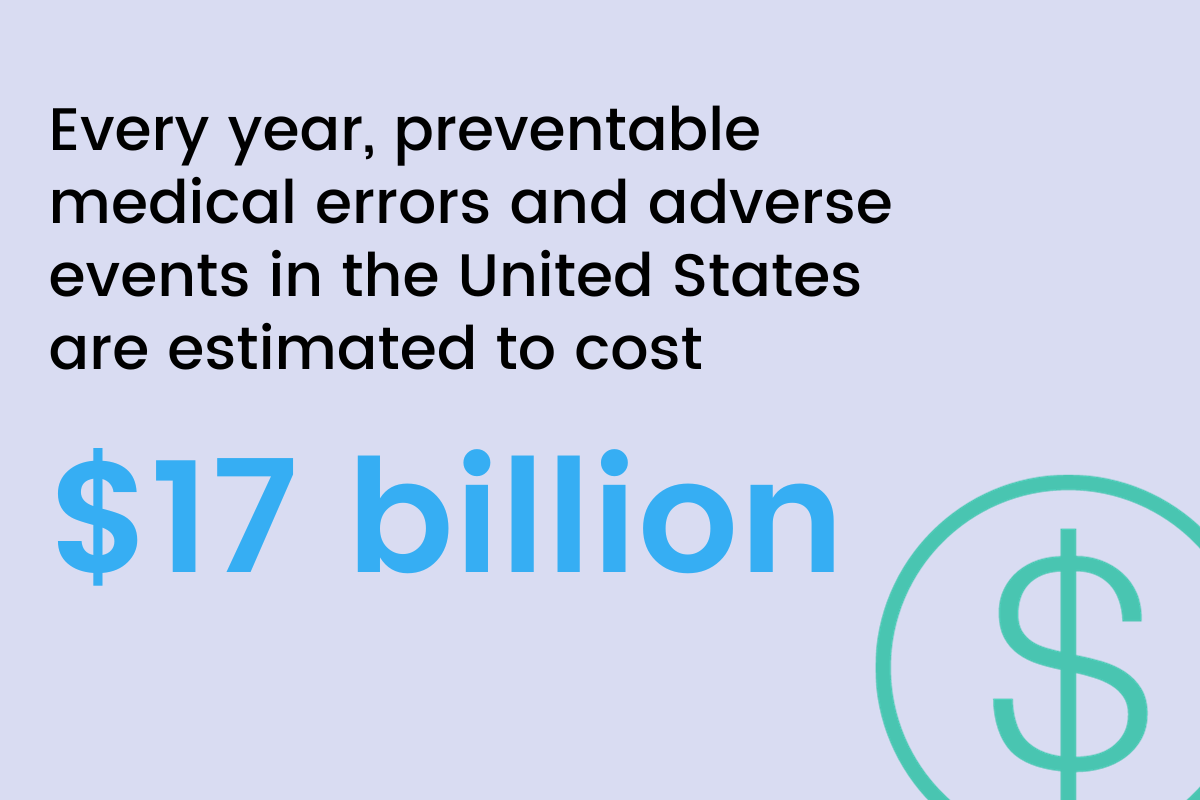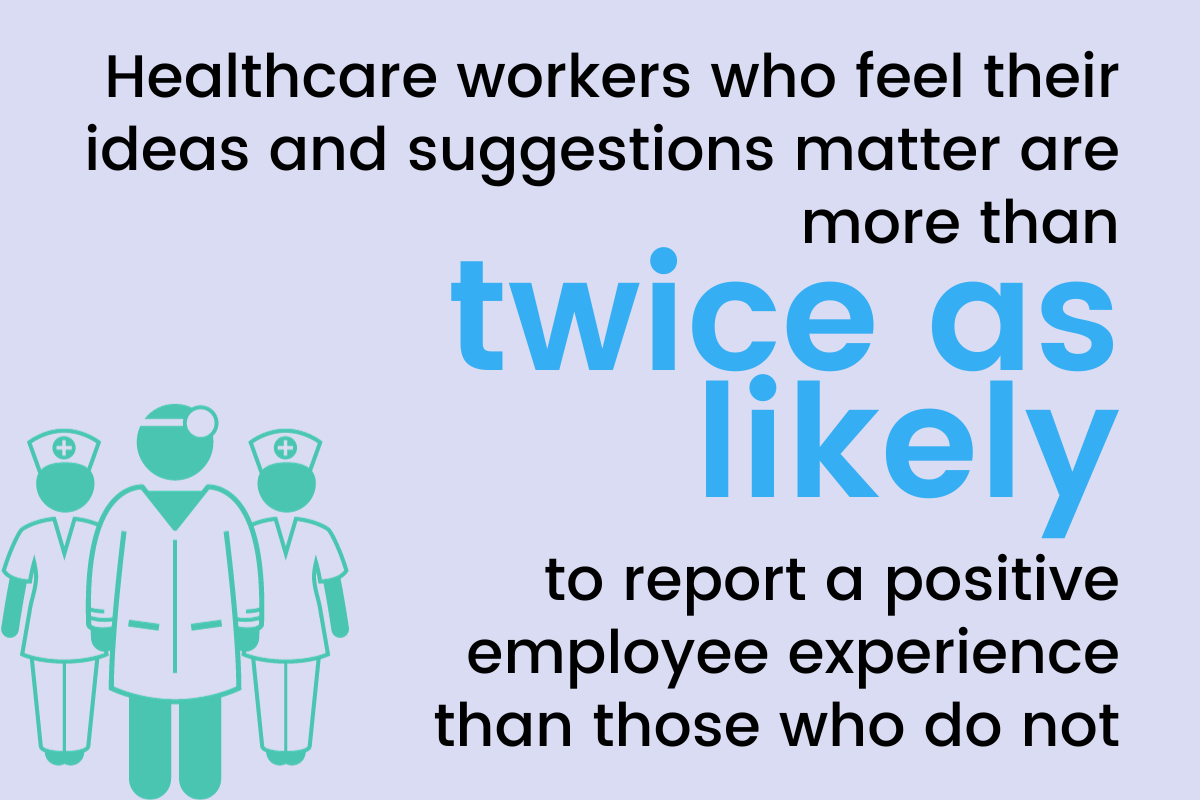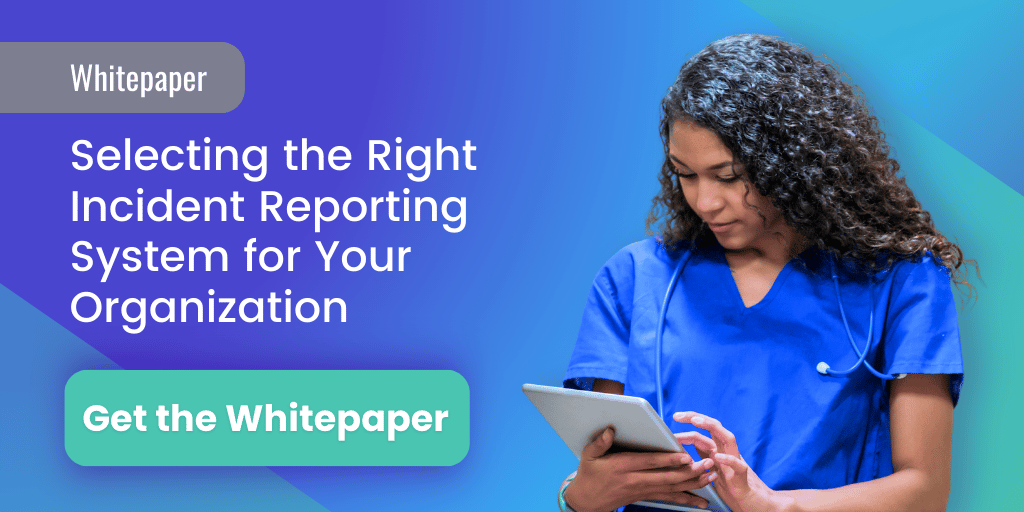3 min read
Paper to Progress: 5 Reasons to Switch to Incident Reporting Software
Performance Health Partners
May 16, 2024

Amid the fast-paced world of healthcare, organizations are increasingly leaving behind traditional reporting with paper and spreadsheets and embracing the transformative power of incident reporting software. The incident reporting process plays a critical role in maintaining patient safety, improving operations, and preventing future safety incidents.
Paper- and spreadsheet-based reporting is not only time consuming and prone to errors, but it doesn’t allow for healthcare facilities to streamline their incident management process. Read on for five compelling reasons why healthcare organizations should make the switch from to incident reporting software.
What is Incident Reporting Software?
Incident reporting software refers to specialized digital tools and systems designed to integrate the process of reporting and managing incidents within healthcare facilities. A healthcare incident reporting system enables healthcare professionals to document and track several types of incidents, such as:
- Patient falls
- Medication errors
- Equipment malfunctions
- Workplace injuries
- Near misses
This software provides a centralized platform for recording incident details, capturing relevant data, generating reports, and analyzing trends to prevent future safety events and improve daily functions throughout an organization.

5 Reasons to Leave Behind Conventional Reporting Methods & Switch to Incident Reporting Software
Increased Efficiency and Accuracy
Incident reporting software streamlines the process of documenting and managing incidents. Instead of manually filling out paper forms or spreadsheets and physically routing them, healthcare professionals can enter details directly into the software. This reduces administrative burden, saves time, and allows staff to focus on what matters most: providing quality patient care.
The possibility of illegible handwriting, missing information, and data entry errors are minimal, as incident management software system facilitate standardized data collection and accuracy checks. Accuracy is key in incident reporting, as an inaccurate or missed incident report can pose risks, such as:
- Patient harm
- Noncompliance
- Malpractice
- Higher financial costs
According to JAMA Network, preventable medical errors and adverse events in the United States are estimated to cost around $17 billion annually. Investing in healthcare technology can help identify and mitigate these preventable errors and is a proven way to help reduce unnecessary costs.
Analysis and Reporting
In healthcare, timely reporting and analysis of incidents are essential for immediate intervention and preventive measures. Incident reporting software enables real-time reporting, allowing healthcare professionals to document incidents promptly as they occur. This allows for quick response and timely incident resolution efforts.
Simultaneously, incident reporting software provides organizations with real-time dashboards and retrospective incident data, enabling them to:
- Track trends
- Identify patterns
- And implement proactive measures for enhanced patient and workplace safety
Incident reporting software also provides analytical tools, such as root cause analysis, to help organizations identify underlying causes to problems and work on process improvement. According to Harvard Business Review, providers could more accurately and effectively assess and improve their performance with data-driven analytics.
Compliance Requirements
Healthcare organizations face stringent compliance and regulatory requirements, such as those set by government bodies, individual states, and accrediting agencies such as The Joint Commission and the Centers for Medicare & Medicaid Services. Safety incident reporting software can help meet these obligations effectively by offering built-in compliance features such as:
- Automated report generation
- Regulatory framework alignment
- Audit trails
- Incident improvement progress
With paper and spreadsheet reporting, these processes are done independently and take up considerable time and administrative effort. An automated incident reporting tool reduces the risk of non-compliance and potential legal consequences. By simplifying the reporting and compliance processes, healthcare facilities can focus on continuous improvement and maintaining a safe environment for patients, staff, and visitors.

Real-time Collaboration and Communication
An incident management system often includes features for real-time collaboration and communication among healthcare professionals involved in incident management. It allows multidisciplinary teams to collaborate on incident investigations, share information, and exchange updates seamlessly. This enhances communication and fosters a culture of transparency, enabling timely interventions and coordinated efforts to prevent future incidents.
In addition, the real-time collaboration features of a digital incident management process foster a safety culture throughout an organization and promote accountability and engagement.
According to IBM, healthcare workers who feel their ideas and suggestions matter are more than twice as likely to report a positive employee experience than those who do not.
Integration
Incident reporting software seamlessly integrates with existing healthcare technologies, enhancing workflow efficiency and collaboration. Integration with electronic health records (EHR) systems allows incident reports to be linked directly to patient records, providing a comprehensive view of incidents and their impact on patient care. This also allows for highly personalized care, which improves patient experience and satisfaction.
Integration with incident management systems enables automatic tracking of incidents, improving incident resolution times. Integration with analytical tools enables advanced data analysis and pattern recognition, facilitating proactive risk management and continuous process improvement.
By embracing incident reporting software, healthcare organizations can experience enhanced efficiency and accuracy, improved reporting and analysis, automated tools for compliance requirements, real-time collaboration and communication, and integration with existing healthcare systems. These benefits drive continuous improvement in employee and patient safety, enhance incident management processes, and enhance overall healthcare quality.
Making the switch from paper and other conventional reporting methods to incident reporting software supports a proactive approach to risk reduction in healthcare settings.
Ready to learn more?
Begin your journey towards a more safer health care organization today. Connect with our team to learn more about Performance Health Partners’ Best in KLAS incident reporting software.



